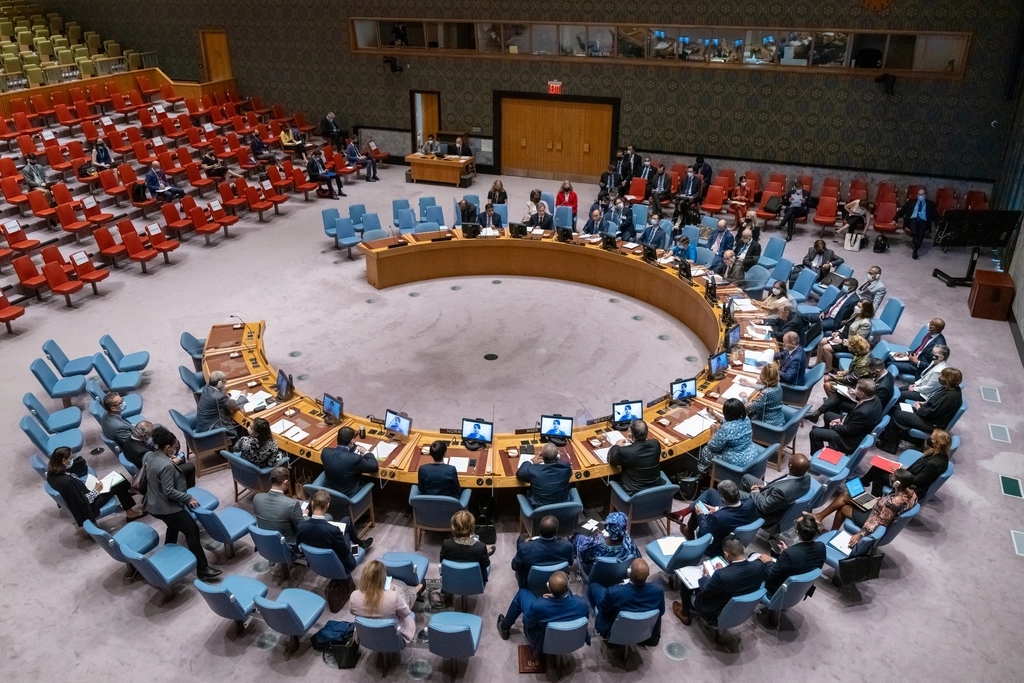A great example, and excellent because it helps my cause and investigation. Is what Lord Robert May offers as to the analysis of the international banking system, although he does not use the words of fragility and anti-fragility as it has been used by Nassim Nicholas Taleb. For Robert May, the banking system has probably a paradox, departing on an assumption on how they are constituted and the assets held by the banks, the example goes literally as the following toy model:
“Consider N banks and N distinct, uncorrelated asset classes, each of which has some very small probability, p, of having its value decline to the extent that a bank holding solely that asset would fail. At one extreme, assume each bank holds the entirety of one of the N assets: the probability for any one bank to fail is now p, whereas that for the system is vastly smaller pN.At the opposite extreme, assume all banks are identical, each holding 1/N of every one of the N assets: the probability for any one bank to fail is now much smaller than p, but all banks now being identically constituted, if one fails, all fail, and this probability is much bigger than pN.”[1]
The above quote can helps us in understanding the proliferation of Courts and Tribunals, as we can see from the toy model, you have in the first scheme a diverse system, with individual banks not diversified, as they hold only one type of a solely asset, which means that each bank is more fragile, since each banks holds and asset different to that asset held by another bank, meanwhile, in the second example, what we have is a series of banks holding different assets but constructed almost identically to each other, which brings the hole system less diverse, but the individual banks more diversified, which can cause the system as a whole more fragile, meanwhile being each bank more robust. Which relates directly with what happened in 2008 coupled with some power laws, that is, the great majority of the banks where diverse, however, they were linked to each other with similar constitutive elements, that is, the banks resemble one to the other. The whole system went down but the banks survived except a handful of them, what would had happened if you have a series of different banks holding their own assets, most probably, some banks would have closed down and the international banking system wouldn’t have undergone a sever financial crisis.
Can this model then be applicable to international law, and more closely related to international courts and tribunals, perhaps, it can serve as a model? What are the assets? In this case, we can think of different courts and tribunals dealing with different bases of jurisdiction, that is, we can have tribunals that deal exclusively with commercial arbitration, meanwhile others dealing with foreign investment disputes, other courts dealing with inter-state disputes, and other courts dealing with human rights violations, as well as, criminal offenses, etc… If the final users do not use a certain court or arbitral tribunal, it could be the case that such courts or tribunals are diminished, meanwhile the system as a whole remains untouched, or at least more robust.
To have dispersion causes to buffer possible crises, example of this in international dispute resolution is the whole crisis with the WTO AB, there has been more than four years without an Appellate Body, however, the whole trading system continues to work, and other branches of international law continue operating without causing the system of international law to be felt in a profound crisis. The wide array of international courts and tribunals continues with their daily operations. To this date, even the WTO AB has been circumvented with a new type of tribunal. Which started just some days ago.
[1] Robert May, ‘What Biology Can Teach Us About Banking’, in David C. Krakauer (ed.), Worlds Hidden in Plain Sight. The Evolving Idea of Complexity at the Santa Fe Institute 1984-2019 (Santa Fe, New Mexico: The Santa Fe Institute Press, 2019) at 178.








Deja un comentario